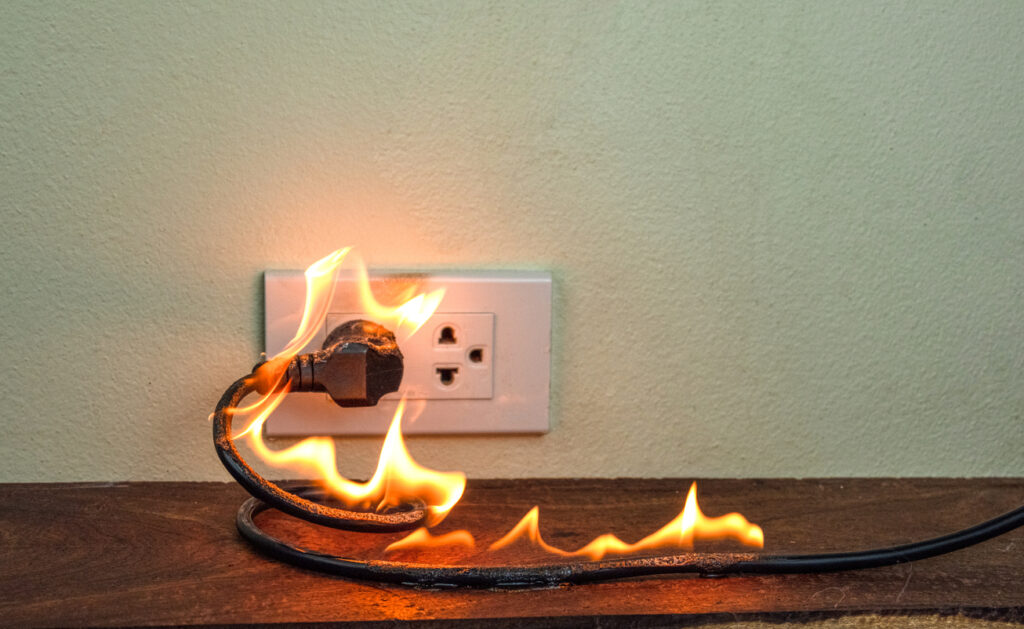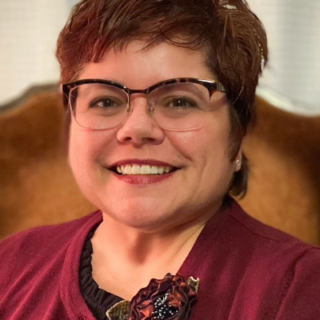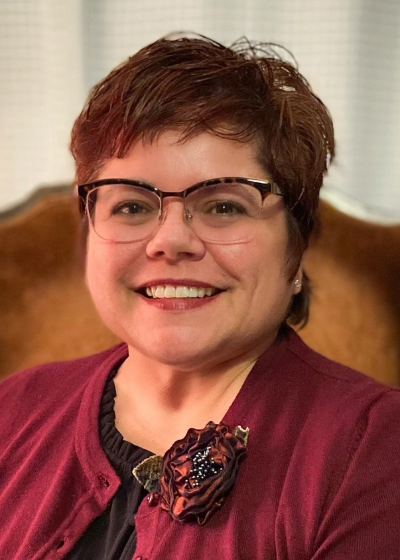Finding homeowner’s insurance can be difficult for California residents. Many will need to turn to California’s high-risk pool, known as the FAIR Plan.
FAIR Plan coverage allows all California homeowners to have access to basic fire insurance protection. You can obtain a FAIR Plan as long as your difficulties in finding coverage aren’t the result of your own actions. Let’s review our comprehensive guide of the California FAIR Plan for 2025.

Who owns the California FAIR Plan?
Despite widespread misconceptions, the FAIR Plan is not a government- or taxpayer-funded program. Instead, it’s supported by all carriers licensed to operate in California, creating a shared pool of risk 11. This structure ensures that every insurer bears a portion of the financial exposure, allowing homeowners in high-risk areas access to essential fire insurance coverage.
What does a California FAIR Plan policy cover in 2025?
A California FAIR Plan policy provides basic property damage protection for perils like fire, lightning, smoke, and internal explosions. You may also opt to include Extended Coverage for additional perils such as:
- Windstorms and hail
- Riots
- Aircraft or vehicle damage
- Vandalism or malicious mischief
- Explosions
Additionally, you can purchase optional coverage for other structures (e.g., sheds and detached garages). However, the FAIR Plan does not provide the same breadth of protection as standard homeowner’s policies. Exclusions often include:
- Theft
- Falling objects
- Freezing
- Water damage
- Personal liability
It’s crucial to review your FAIR Plan policy carefully. In many cases, homeowners bridge coverage gaps with a Difference in Conditions (DIC) policy or a Comprehensive Premises Liability (CPL) policy 22.
Reference:
What is a Difference in Conditions (DIC) and a Comprehensive Premises Liability (CPL) Policy?
- Difference in Conditions (DIC): Offers broader coverage, including liability, medical payments to others, theft, and water damage. When paired with the FAIR Plan, DIC can closely approximate a traditional homeowner’s insurance policy. However, availability depends on factors like construction type, roof age, and previous claims.
- Comprehensive Premises Liability (CPL): Covers liability (e.g., slip and fall lawsuits) and may also include medical payments to others. It typically provides less coverage than a DIC policy and may be an option if you don’t qualify for DIC.

What Is the Process for Purchasing the California FAIR plan in 2025?
1. Complete the FAIR Plan Worksheet
Begin by filling out a worksheet that includes key details about your home (year built, square footage, and finishes). Disclose whether it’s a primary residence, vacation home, or rental property.
2. Determine Your Replacement Costs
Your insurance representative will use a replacement cost calculator to ensure the policy can rebuild your home with equivalent materials. Replacement costs often start around $250 per square foot (or higher, depending on your finishes). You can also consult a contractor to get more accurate local figures.
3. Gather Photos of Your Home
Take date-stamped pictures of all four sides of your property. You can either send them to your broker or request the broker take the photos themselves.
4. Receive a Quote
After reviewing the application, the FAIR Plan will provide a customized quote valid for 30 days.
5. Accept the Quote and Make Your First Payment
When you approve the quote, the FAIR Plan requires payment to bind coverage. If you have a mortgage impound account, your broker may bill the mortgage company, but you could temporarily overpay. The FAIR Plan will refund any overpayment to the second payer (i.e., your mortgage company), and you can request those funds back from them.
Upon renewal, the FAIR Plan can directly invoice either you or the mortgage company, avoiding the initial overpayment issue.
5. Agree to the quote and make your first payment.
If you give the FAIR Plan the green light, they will take their payment either in full or as a first installment. If this is your first term with the California FAIR Plan you will have to pay them to bind the policy. If you have a mortgage impound account, the agent has to bill the mortgage company and they’ll need to pay as well, which means you’ll end up overpaying on that first installment. Yes, we know this doesn’t make any sense!
Once the FAIR Plan sees the overpayment, they will return the overage to the second payer, which will be your mortgage company. It will be up to you to get the payment back from the mortgage company should you choose to do so. Some people choose not to in order to stay a little bit ahead on their payments.
On renewal, the CA FAIR Plan can invoice either you or the mortgage company, so you won’t run into this issue. Unfortunately, they just can’t do it on your first term.

Is a California FAIR Plan Expensive?
Because the FAIR Plan is designed for high-risk properties—often in wildfire zones—expect to pay more than you would for a standard homeowner’s policy. However, it remains an essential safety net for Californians who otherwise struggle to find coverage in the private market.
How do I pay for my California FAIR Plan?
You can make a payment online. If this is your first term with the CA FAIR plan, you’ll have to make a payment yourself to lock in the policy. As mentioned, if you have a mortgage impound account your agent can bill that account after your first payment.
You’ll receive all of your policy documents and billing documents directly from the CA FAIR Plan, so you’ll know exactly what you need to do and when you need to do it.
What requirements must I meet to qualify for California FAIR Plan insurance?
To qualify for the FAIR Plan, you may have to make some improvements to your home that will limit your damage risk. This could include removing dangerous trees, upgrading your electrical wiring, and making other changes as directed by your insurance company.
Remember, FAIR Plans are available to people who can’t find coverage “through no fault of their own.” This means if you fail to make the changes the FAIR Plan can still deny coverage. The good news is this: if you make the changes and have been insured by a FAIR Plan you may be able to switch back to a regular homeowner’s policy in the future.
If you have questions about the California FAIR Plan, reach out to one of our agents. We can help you shop for coverage for your home.
Proposals to the California FAIR Plan pending approval in 2025
Several proposals from the California Department of Insurance (CDI) remain under consideration or in progress:
- Home Hardening Discount Program:
- Incentivizes homeowners to install fire-resistant roofing, vents, and siding.
- Initially projected for 2023; still pending final approval from the CDI.
- Monthly Payment Option:
- Could ease financial burdens for policyholders facing higher premiums.
- Also proposed in 2023; awaiting formal CDI endorsement.
- Assembly Bill 741:
- Proposes FAIR Plan coverage for cannabis-related businesses (cultivation, processing, manufacturing, retail).
- Currently in the Assembly Insurance Committee 33.
- Quasi-HO-3 Policy Order:
- The CDI seeks expanded coverage akin to a standard homeowner’s (HO-3) policy.
- The FAIR Plan argues that this would increase rates across the board and exceed its original scope as a safety net.
- As of 2025, legal challenges persist, with the FAIR Plan appealing a court decision that upheld the CDI’s order.
References:
Stay Up to Date: Recent California FAIR Plan Changes
Stay up to date with us, let’s go over some of the recent changes to the California FAIR Plan:
- Increased Coverage Limits
- Coverage limits for residential and commercial properties were raised from $1.5 million to $3 million to accommodate escalating property values.
- Expanded Wildfire Damage Coverage
- Broader coverage for wildfire damage, including smoke damage and losses from fire suppression efforts.
- Online Payment System
- A newly launched online payment platform aims to simplify premium transactions and improve customer experience.
Given the complexity and constant regulatory shifts, partnering with an experienced insurance broker is key to navigating FAIR Plan coverage.
References:





